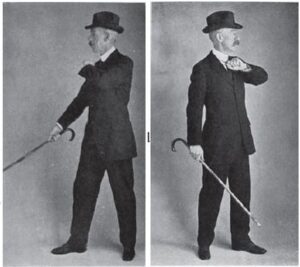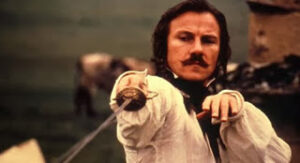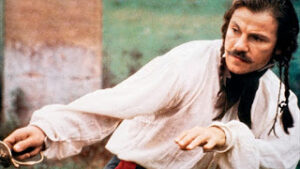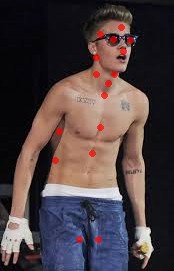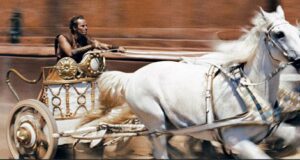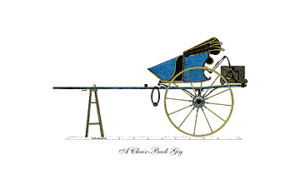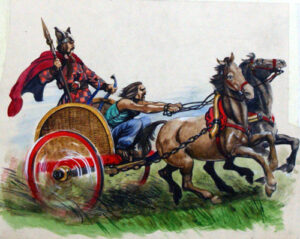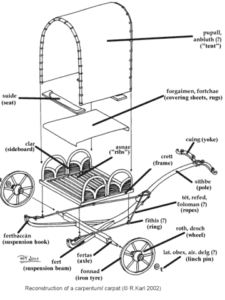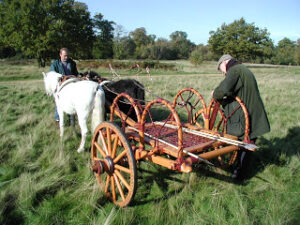When I started my exercise program a few years back, I was amazed at how quickly I began to see results.
If I had known how easily I could have improved my muscle tone for relatively little effort, I would have started years ago.
If I had known in my teens what I know now my life would have been very, very different and considerably better I suspect.
A friend of mine is in his teens, and very like I was back then, so I have encouraged him to try my exercise routine and see what results he gets.
He started a couple of days back, lifting heavy books and on his own initiative, hitting a punchbag.
Today’s blog post is dedicated to Gabriel and wishes him success and perseverance in his endeavours.
In the movie “Little Big Man”, there is a scene where a young Indian boy attempts to manhandle the young protagonist. The youth defends himself and punches his assailant, bloodying his nose. This amazes all the young Indians and the narration tells us that fist fighting was unknown to Indians.
My recent reading of the Pellucidar novels reminded me of this scene.
In these books, several of the protagonists are familiar with “outer crust” fighting styles such as boxing and jiu-jitsu, and they use them to good effect against the violet but less sophisticated attacks of cavemen.
I don’t know how much truth there was in the movie’s statement that Indians did not know boxing, nor if there are any cultures that this is true of.
When I was writing my book, it became apparent to me how deeply ingrained into our culture the idea of punching with a closed fist is.
I had to consciously stop myself using the term “punch” for hand strikes and any alternate term I did use did not look right.
If you hit someone, you were punching, and punching seemed to imply a closed fist.
A correctly applied punch can be devastating. On the other hand, (pun intended) striking with the fist requires conditioning, practice and good technique.
Hands are sensitive and their bones are small.
Mike Tyson is by no means the only experienced boxer to break a hand punching someone without a glove.
One of the books I recommend to my readers is Jack Dempsey’s “Championship Fighting”, which can be found at various locations on the internet.
In one section the famous boxer talks about “The Power Line”. In his own words:
THE POWER LINE RUNS FROM EITHER SHOULDER-STRAIGHT DOWN THE LENGTH OF THE ARM TO THE FIST KNUCKLE OF THE LITTLE FINGER, when the fist is doubled. Remember: The power line ends in the fist knuckle of the little finger on either hand. Gaze upon your "pinky" with new respect. You might call that pinky knuckle the exit of your power line- the muzzle of your cannon…. …..Unfortunately, however, the hand-bone behind the little knuckle is the most fragile of the five backbones. It can be broken the most easily. You must not attempt to land first with the little knuckle. Instead you must try to land first with the knuckle next to your pinky (the ring finger). We'll call that the 2nd knuckle. Aiming with the 2nd knuckle usually brings about a three-knuckle landing. Those three-knuckles are: middle, second (ring) and pinky. If you aim with the second knuckle, those three knuckles usually will land together because the average fist slopes slightly from the middle knuckle to the pinky. Such a three-knuckle landing not only prevents the hand-bone behind any one knuckle from bearing all the punch-shock, but it also permits punching almost exactly along the power line. Rarely will one of those knuckles make a solo landing. But if you aim with the little knuckle, you risk a dangerous solo landing on forehead or blocking elbow.”

An oddity is that Dempsey considers the little finger as the “first finger” when many of us would consider the first finger to be the index finger.
What Dempsey is telling us is that if you hit with the lower knuckles, the force of impact will pass in a direct line to the larger bones of the arm.
Interestingly, we see the same knowledge in other martial arts too. Many Chinese styles such as wing chun and tai chi hit with the lower knuckles of a vertical closed fist.
Those of you that are more familiar with karate or tae kwon do may now be objecting that you have been trained to strike with the first two knuckles!
Turn your fist from vertical to horizontal and you will see the alignment of the hand bones changes.
The little finger knuckle is no longer on a line with the larger bones, the index and middle finger knuckles are.
Experiment with this and you will find this changes for different hand positions and punching techniques.
Hooks, Shovel Hooks and Uppercuts tend to line up the last two knuckles.
The quick advice I usually offer for punching with the closed fist is to save it for the soft parts.
Use closed fist punching for targets below the lower ribs. The solar plexus, the kidney region and the genitals.
For most other targets, you must untrain yourself from punching with the closed fist and learn to use palm heel and knife-hand strikes.
Knife-hand (aka “Karate Chop!”) has defensive applications too. Parrying attacks with the edge of the hand or the edge of the forearm can numb or injure an opponent’s attacking limb and a swinging strike with the edge of the hand is sometimes quicker to execute than a punch.
For a more in depth discussion of this topic and related issues please purchase my book


 Bow length varied with tribe, intended use and probably the individual. Bows of six foot or longer were known, as were bows of only a few feet. A suggested measure for a bow was the distance from the left hip to the right hand when the hand was held out horizontally to the side. This is about four feet. Some readers will recognize this as
Bow length varied with tribe, intended use and probably the individual. Bows of six foot or longer were known, as were bows of only a few feet. A suggested measure for a bow was the distance from the left hip to the right hand when the hand was held out horizontally to the side. This is about four feet. Some readers will recognize this as 

